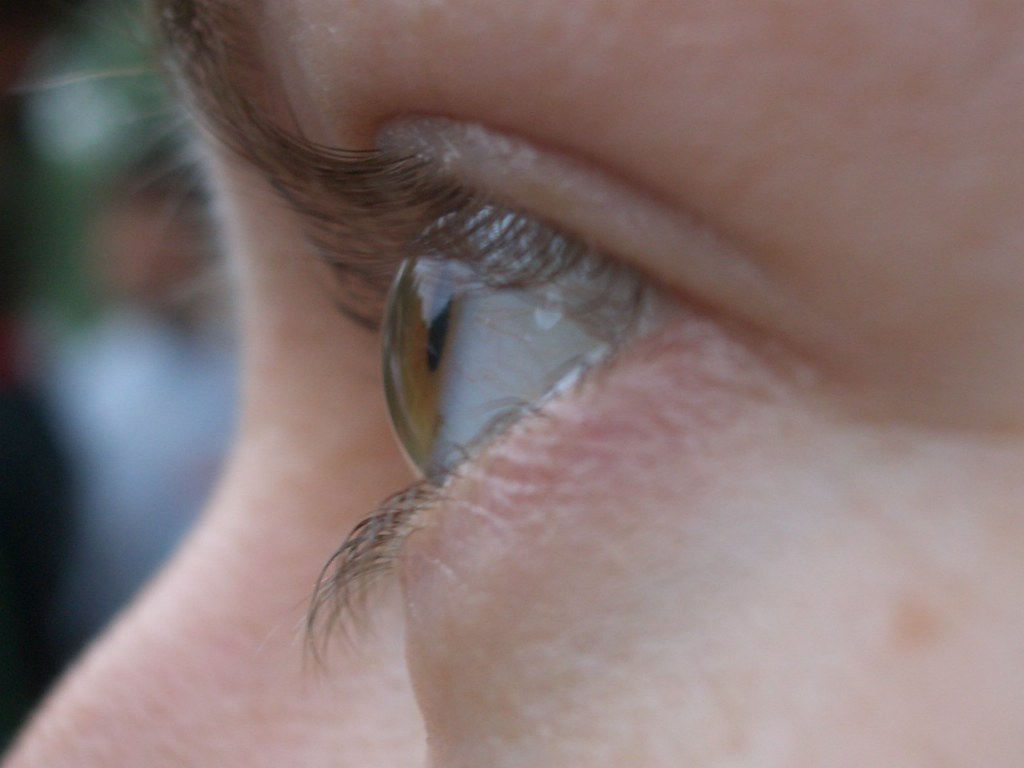What is the user trying to accomplish?

“User-centered design (UCD) is an iterative design process in which designers and other stakeholders focus on the users and their needs in each phase of the design process” – Interaction Design Foundation
This is the fundamental question that drives user-driven design. It applies at all levels of development, from conception to individual feature implementation.
Who is your user?
To practice user-driven design, you must know who your user is, as specifically as possible. For one of our clients, we dedicated a wall of our office to the user. We put up giant displays with a picture, name, description of interests, needs, wants. For another client, we had regular meetings with a group of users to talk through their issues and problems. Being able to look at your user, ask them questions, understand their motivations, all give you a much better chance at meeting their needs.
Once you know who your user is, you can start to reasonably answer the fundamental question:
What is the user trying to accomplish?
This question applies at all levels of building a product or organization. If you have an app, you may want the user to launch your app. When she picks up her phone, what is she trying to accomplish? Is she looking for entertainment? Is she looking for a distraction? Is she attempting to solve a specific problem that your app is designed for? Push notifications are your apps crying for your attention, offering their services.
The same question applies with each page, screen or interaction with your user.
Imagine a report you have to create. A frequent request we get from our customers (important to note that these customers are not the users, they are the ones wanting to build the business or the product) is to turn every report into a recreation of Microsoft Excel. Features pile up, requests and redesigns compound the problem, and almost none of this addresses the user.
Our question, always, is: What is the user trying to accomplish? What is the purpose of this report? What problem is the user trying to solve? What question is the user trying to answer?
Many times, the answer simplifies everything. The primary thing they are trying to do should be easy to find and should answer their question. Secondary objectives should be available also, but not get in the way of the primary focus. Tertiary concerns can frequently be a tap-through for more details or in a different report altogether.
How do you find out what the user wants?
If you know who they are, if you can walk in their shoes, you ask them. How to ask them and how to process their answers deserves an article of its own. But, one of the best ways to do it is to follow them around.
Watch them use the product, watch them do their job. We have sat engineers in the office with the user, watching them do their job for days or more at a time. We have stood over their shoulder as they use an app or paid money for users to record themselves using an app for the first time.
People, it turns out, are not the best at explaining what they actually want. Observation of actual behaviors, either by physically being adjacent to the user or through tools like Google Analytics or Mixpanel, combined with interviews and survey data are the ideal ways to learn what your users need.
Let’s imagine a scenario.
You have a customer that is managing hardware across the country. They need a page to report on the health of the system as a whole and the state of each machine. Each machine has 10s or 100s of individual health data that is reported back to you every minute.
The user will, almost always, request to see all the information. They want all of those data points and to see ‘everything’. But, what is the primary problem the user is trying to solve? What question are they asking?
As we stated in the problem description, the purpose of this report is to tell them if the system, as a whole, is healthy. The answer to that question deserves primary focus on the page. If it is not healthy, they will want to know what is not healthy and what to do about it. That becomes the second objective.
You can still meet the request for all of the data through data export or tap-through for details functionality. But, once you’ve learned their primary question, you can let the computer do the analysis and give them their most important answer quickly and painlessly.
User-driven design demands that the user permeate the culture of the product. The key question, ‘What is the user trying to accomplish?’ should be asked by designers, developers, testers and executives. On the product you are thinking up, or the bug you are fixing, or the report you are designing, what is the user trying to accomplish? What is she thinking when she sees this screen? The more empathy you have for the user, the more likely you are to meet her needs. And when you meet the user’s needs, you can become indispensable.
